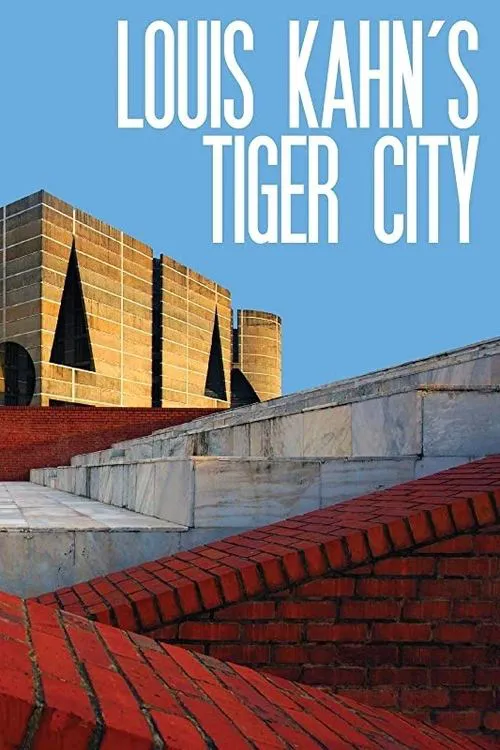Louis Kahn's Tiger City

Plot
The journey begins with Sundaram Tagore, an art historian and filmmaker, as he embarks on a quest to uncover the story behind the remarkable Khana Pakistan parliamentary complex in Dhaka, Bangladesh. This sprawling structure, designed by the American architect Louis Kahn, is a testament to the power of architecture to transcend politics and cultural divisions. As Tagore delves into the story of this imposing building, he is drawn into the complex world of Louis Kahn, a man who left an indelible mark on the architectural landscape of the 20th century. Born in 1901 in Estonia to a family of Jewish descent, Louis Kahn's life was marked by turmoil and displacement, with the family fleeing the Russian Revolution and eventually settling in the United States. Kahn's early years were spent in Philadelphia, where he developed an interest in architecture, studying at the University of Pennsylvania and later working under the tutelage of Paul Philippe Cret. His experiences as a child refugee, witnessing poverty and social injustice, had a profound impact on his worldview, shaping his vision for architecture as a tool for social and cultural transformation. With his unique blend of modernism and classical elements, Kahn's buildings often appeared to be a fusion of different styles and periods, reflecting his deeply held fascination with the interplay between history and innovation. His early works, such as the Trenton Battle Monument and the Salk Institute in La Jolla, California, showcased his ability to balance functional design with a deep respect for aesthetics, establishing him as one of the leading figures of the American architectural scene. However, it was during the 1960s, while working on projects in India and Bangladesh, that Kahn's architecture began to take a more explicitly monumental and symbolic turn. His designs for the Indian Institute of Management in Ahmedabad and the Sangeet Nataly Akademi in New Delhi revealed a new concern with public buildings as spaces for collective activity and social interaction. These structures, inspired by the ancient temples and monuments of India, emphasized the importance of light, form, and texture in creating a sense of community and shared experience. Tagore's travels to Dhaka, the capital city of Bangladesh, provide a fascinating lens through which to examine Kahn's complex and often fraught relationship with the country's architects and cultural leaders. During the 1960s, the Bangladeshi government, which had recently gained independence from Pakistan, sought to rebuild and modernize its infrastructure, commissioning Kahn to design the National assembly. This sprawling complex, named the Bangladesh Parliament, was completed in 1982, after Kahn's death, by his associates and colleagues, including Anand Lal Shimpi. The building itself is a stunning example of Kahn's ability to balance modernism with a deep respect for tradition. Its soaring columns, sweeping arches, and dramatic lighting effects create an immersive experience, as if the visitor has stepped into a living, breathing museum of Bangladeshi history and culture. And yet, the very same building, which has become a symbol of national pride, is also a contentious site, with debates surrounding its design and construction raging for decades. As Tagore explores the complexities surrounding the Khana Pakistan, he grapples with fundamental questions about the role of the architect, the impact of cultural exchange, and the often-problematic nature of modernization and progress. He discovers stories of Kahn's fraught relationship with the Bangladeshi government, the American expatriate community in Dhaka, and local architects who had differing visions for the building's design and purpose. Throughout the journey, Tagore becomes increasingly aware of the power dynamics at play, as well as the tension between the modernist ideals of Kahn's architecture and the local culture and traditions they were meant to serve. His own experiences as an outsider, observing the complex web of relationships between architects, politicians, and cultural leaders, serve to highlight the challenges of understanding and interpreting the intentions and impact of a building like the Khana Pakistan. Ultimately, Tagore's journey with Louis Kahn serves as a testament to the enduring power and complexity of modern architecture. Kahn's buildings, which often appeared to be a synthesis of different styles and periods, continue to inspire and provoke new generations of architects, artists, and thinkers. Through his work on the National assembly, Kahn demonstrated his commitment to reimagining public buildings as spaces for collective experience and shared meaning, forging new paths in the ongoing conversation between culture, technology, and the built environment.
Ulasan
Rekomendasi



